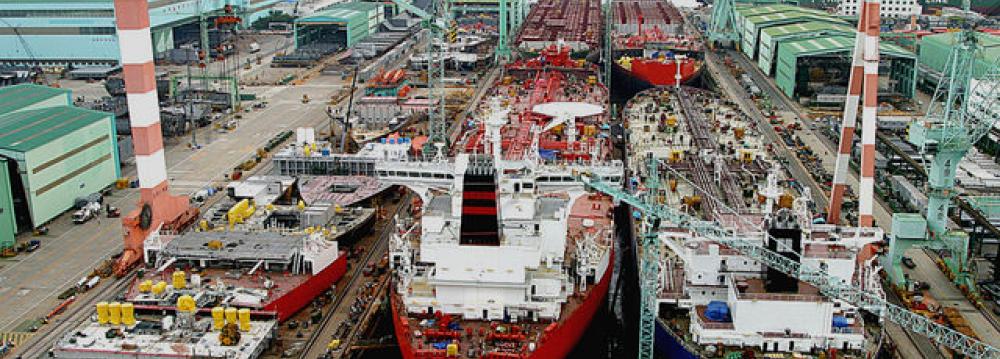Bank of Korea’s upward revision last week of its 2017 growth forecast for the economy was overshadowed by its gloomier estimate of the growth potential of Asia’s fourth-largest economy.
The central bank revised up its growth outlook for this year to 2.8% from the 2.6% estimate in April. It cited a rise in exports and facility investment, which is expected to be coupled with a gradual improvement in private consumption in the second half of the year, Yonhap reported.
In a move that probably drew more attention from analysts, the BoK lowered its projection of the country’s potential growth rate below 3% for the first time. It estimated the potential growth rate to be 2.8-2.9% for the period from 2016 to 2020. In its previous estimate in January last year, the central bank put the rate at 3.0-3.2% for 2015-2018.
The country’s current growth potential is far short of the average global potential growth rate estimated at 3.5%.
The potential growth rate is the maximum growth an economy could achieve by putting in all elements of production without prompting additional inflation. It is considered a key indicator of a country’s economic fundamentals.
According to a BoK report released last week, Korea’s potential growth rate was estimated to have continuously declined from 4.8-5.2% for 2001-2005 to 3.7-3.9% for 2006-2010 and 3.0-3.4% for 2011-2015.
The central bank attributed the country’s weakening growth potential partly to a lack of progress in boosting service industries and a reduction in productivity due to a high regulatory level.
“There are concerns that the potential growth rate may fall at a faster pace than estimated with the rapid aging of the country’s population,” said Jeon Seung-cheol, a deputy governor of the BoK.


